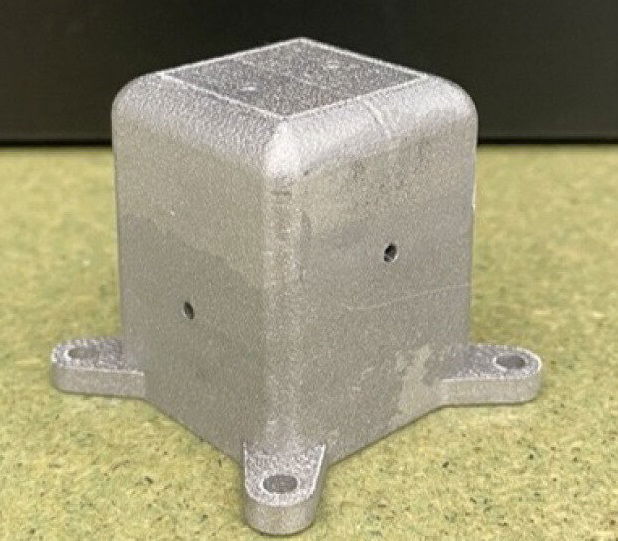
A team of researchers is taking an innovative approach to keeping electronics cool in space—using wax.
Led by Professor Mickey Clemon from the University of Illinois Urbana-Champaign, the team is conducting experiments onboard a small satellite currently orbiting Earth to test how wax-filled heat sinks can manage heat in space.
Managing heat in space is tricky. On Earth, electronics are cooled with fans or air circulation, but in space’s vacuum, there’s no air to help carry heat away.
Electronics can quickly overheat, which forces engineers to either limit how much computing can happen or rely on bulky and expensive systems that radiate heat away.
To solve this problem, the research team created special heat sinks filled with a wax-based phase change material.
This wax is designed to melt at the typical operating temperature of the electronics.
As it melts, it absorbs and stores heat, preventing the electronics from getting too hot too quickly.
Their experiment is running on a CubeSat—a tiny satellite made of 10-centimeter cube modules—that was launched into orbit in August 2024 as part of the Waratah Seed Mission. The satellite carries multiple experiments, and the wax-based cooling system is one of the payloads.
So far, results are promising. The wax significantly extends the amount of time the electronics can run before they overheat.
Even better, the unique conditions of space—like microgravity—don’t change how the wax behaves. It still functions well in any orientation, which is important when designing equipment for space missions.
Professor Clemon explained that they are testing different usage patterns and cooling strategies, with the goal of applying their findings to future satellite systems.
Their work is already helping to shape simplified models that engineers can use to estimate how a wax-filled heat sink might perform—saving time and resources before building a physical prototype.
The experiments continue as the CubeSat orbits Earth every 90 minutes, experiencing both sunlight and shade. The team is also exploring how the sun’s heating effect during each orbit impacts the performance of the wax cooling system and how much computing time it allows.
This project is a collaboration between university researchers and industry partners. First author Laryssa Sueza Raffa, a Ph.D. student at the University of Technology Sydney, is working under Professor Clemon’s supervision.
The project also includes contributions from Matt Ryall at Mawson Rovers, Professor Iver Cairns at the University of Sydney, and Associate Professor Nick Bennett at UTS.
Their work could lead to simpler, more efficient cooling systems for the next generation of space electronics.
Source: KSR.



